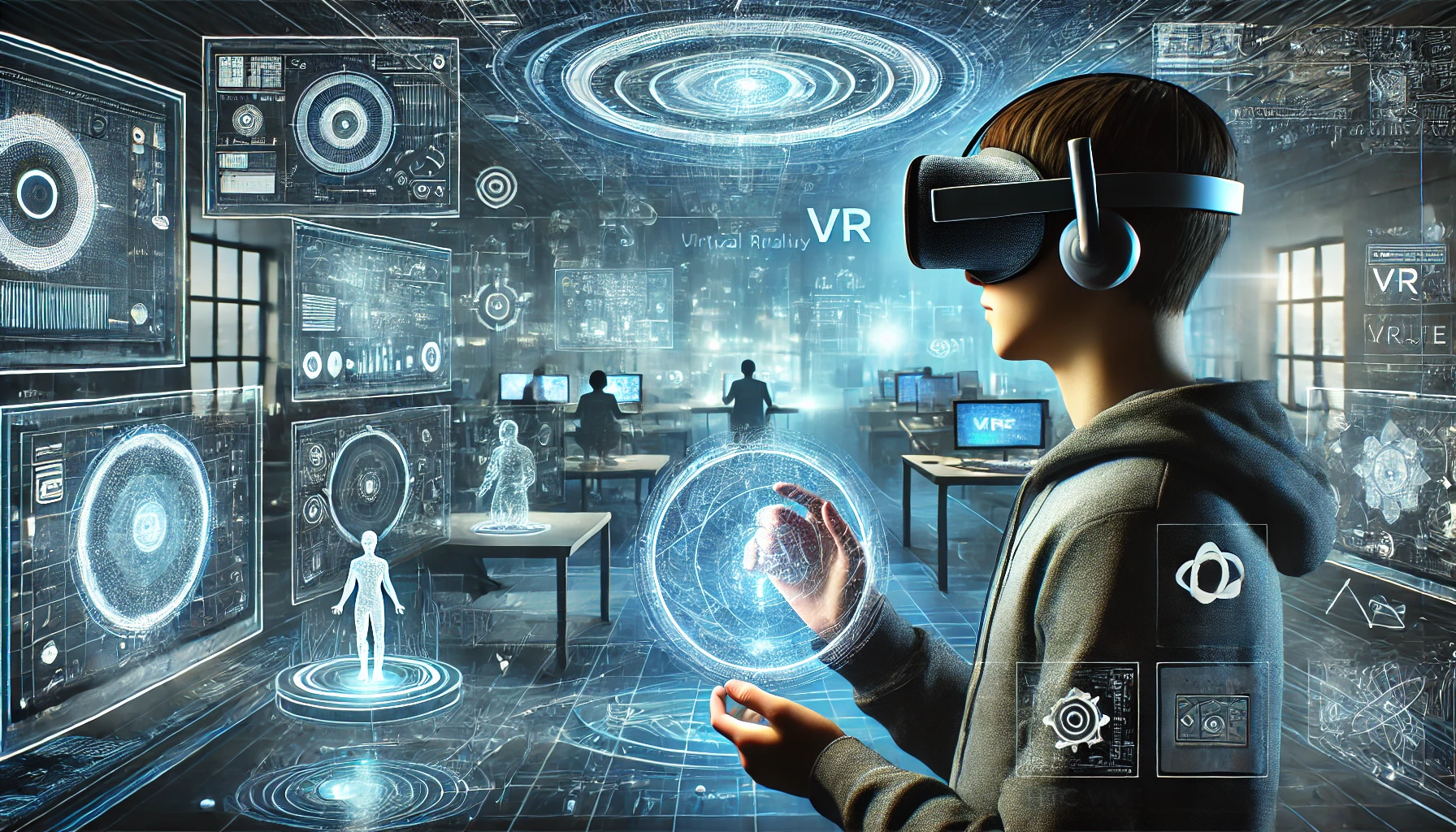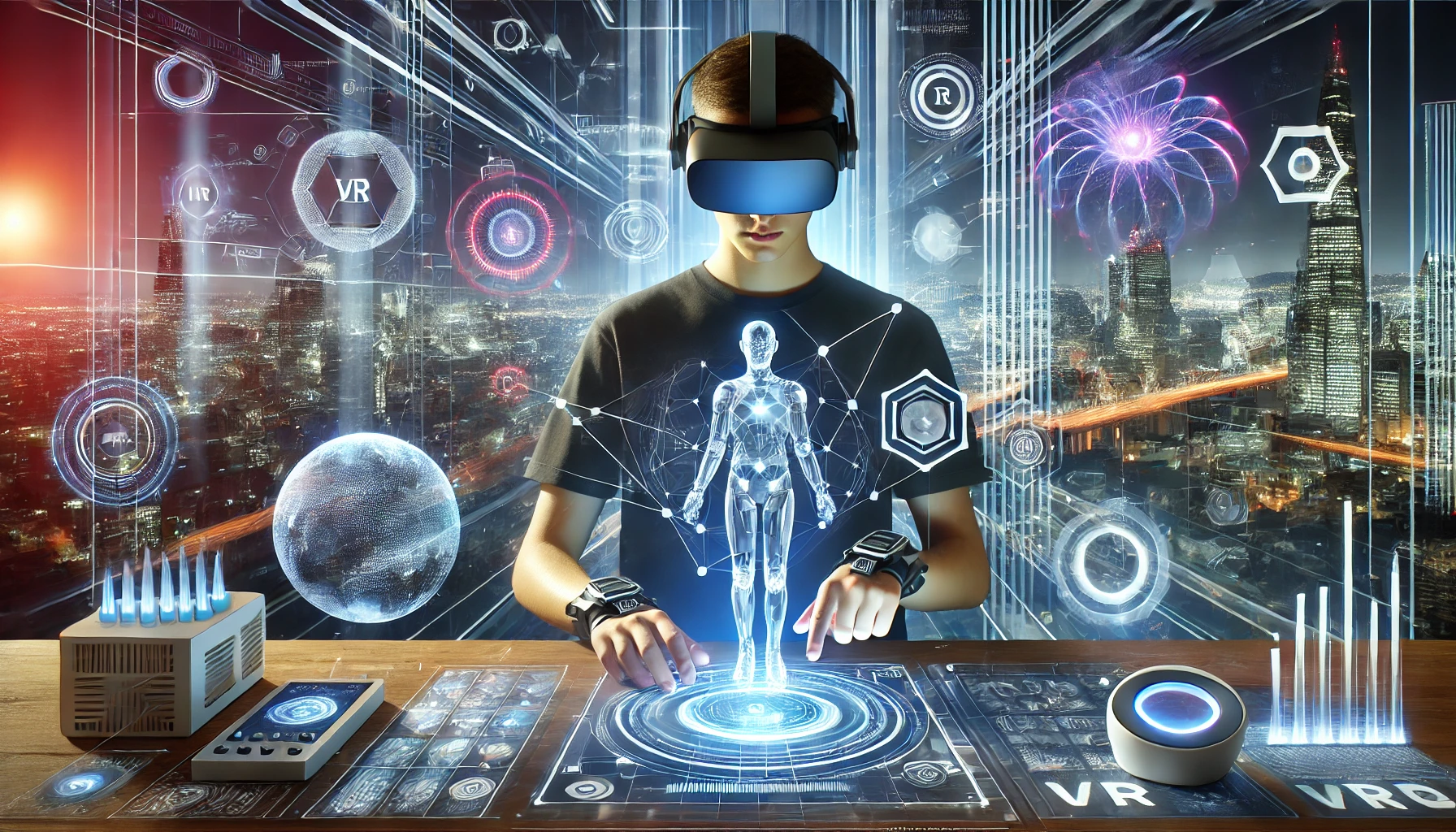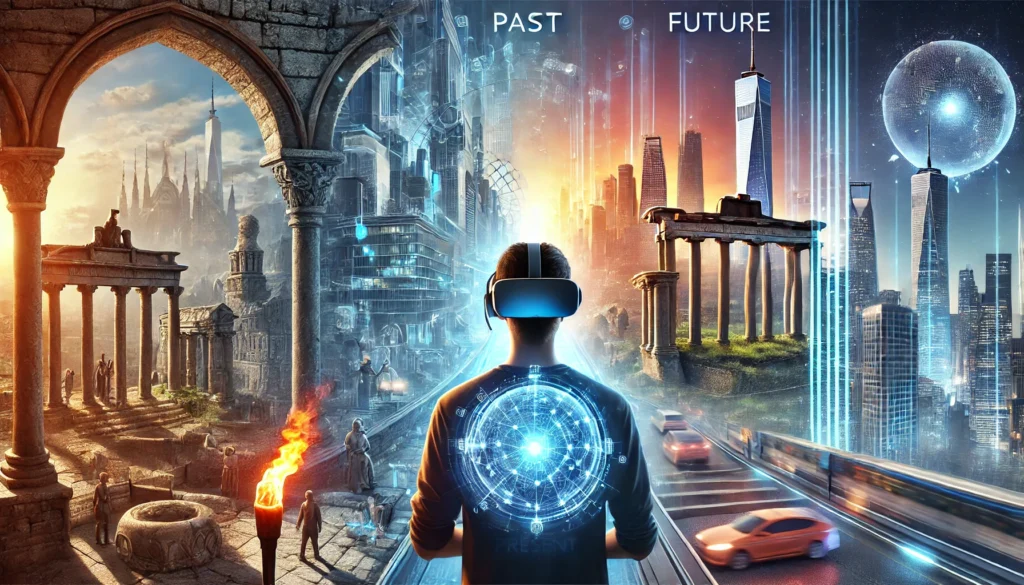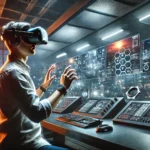Introduction
Have you ever wondered how virtual reality (VR) has transformed from a science fiction dream into a technology reshaping our daily lives? The virtual reality experience has come a long way, offering immersive environments that captivate users across industries like gaming, education, and healthcare. This article explores the fascinating journey of VR—from its humble beginnings to its present advancements and the exciting future ahead. Through this exploration, you’ll discover how VR has evolved to become a transformative force that continues to push the boundaries of technology and creativity.
The Origins of Virtual Reality
Early Concepts and Inspirations
Before Virtual Reality experience became a household term, the desire for immersive experiences existed in human history. People have always been fascinated by creating illusions that mimic reality:
- Panoramic Paintings and Stereoscopes: Artists and inventors developed tools that engaged viewers by offering immersive perspectives, such as 19th-century panoramic paintings and the stereoscope, which used lenses to create three-dimensional effects. These innovations laid the groundwork for imagining more advanced virtual environments.
- Science Fiction’s Influence: Fictional works have long inspired technological advancements. For example, stories like “The Lawnmower Man” and novels by Philip K. Dick vividly imagined alternate realities and virtual spaces. These creative narratives fueled both public interest and the aspirations of inventors aiming to bring these visions to life.
Birth of VR Technology
The foundation for today’s virtual reality experience was laid by visionary inventors and groundbreaking innovations:
- The Sensorama (1962): Developed by Morton Heilig, this device offered a multi-sensory experience, combining visuals, sounds, vibrations, and even scents to immerse users in simulated environments. It was one of the first attempts to create a fully immersive experience.
- Head-Mounted Displays (HMDs): Ivan Sutherland’s “Sword of Damocles,” introduced in 1968, was the first true VR headset. Though rudimentary by today’s standards, it represented a significant leap forward, demonstrating the potential for wearable technology to immerse users in virtual spaces.

Virtual Reality in the Present
Modern VR Technologies
The modern virtual reality experience is driven by cutting-edge hardware and software that have significantly evolved over the past few decades:
- Hardware: Today’s VR headsets, such as Oculus Quest, HTC Vive, and PlayStation VR, provide high-resolution visuals, advanced motion tracking, and ergonomic designs. These devices are equipped with features like wireless connectivity, inside-out tracking, and intuitive controllers, making VR more accessible and user-friendly than ever before.
- Software: Platforms like Unity and Unreal Engine have become essential tools for developers, enabling the creation of realistic simulations, interactive games, and educational experiences. These engines empower creators to push the boundaries of what is possible within virtual spaces, offering users highly detailed and immersive environments.
Applications of VR Today
Virtual reality experience has diversified its uses beyond entertainment, becoming an indispensable tool across multiple industries:
- Gaming and Entertainment: The gaming industry has embraced VR as a revolutionary medium, offering players fully immersive worlds where they can interact with others in real-time. VR movies and interactive storytelling experiences also provide new ways to engage audiences.
- Education and Training: Virtual reality has transformed education by creating simulated classrooms and interactive environments for skill development. For example, medical students can practice surgeries in virtual operating rooms, while astronauts can train for space missions.
- Healthcare: VR is being used to treat phobias, PTSD, and chronic pain through exposure therapy and distraction techniques. Surgeons use VR to rehearse complex procedures, improving patient outcomes and safety.
- Business and Collaboration: Virtual meetings and collaborative design tools enable teams to work together in immersive spaces, reducing travel costs and improving efficiency. Companies also use VR for product prototyping and marketing.
Current Limitations and Challenges
Despite its rapid growth, the virtual reality experience faces several obstacles that need to be addressed:
- Accessibility: High costs of VR hardware and software create barriers for widespread adoption, especially in developing regions.
- Technical Issues: Challenges such as motion sickness, latency, and achieving photorealistic graphics remain ongoing hurdles for developers.
- Ethical Concerns: The immersive nature of VR raises questions about data privacy, user addiction, and the potential misuse of virtual environments for harmful purposes.

The Future of Virtual Reality
Emerging Innovations
The future of virtual reality experience promises groundbreaking advancements that will redefine how we interact with technology:
- AI-Driven Interactions: Artificial intelligence will enhance VR by creating smarter, more responsive virtual characters and environments, enabling users to engage in lifelike interactions.
- Haptic Technology: Advancements in haptic feedback devices will allow users to feel textures, vibrations, and even temperature changes, making virtual experiences more immersive.
- Full-Dive VR: The concept of full-dive VR, where users can experience entirely simulated realities without physical constraints, is becoming increasingly feasible with advances in neuroscience and wearable technology.
Expanding Use Cases
As VR technology continues to evolve, its potential applications are expected to grow exponentially:
- Remote Work and Telepresence: Virtual reality experience could revolutionize the workplace by enabling employees to collaborate in fully immersive virtual offices, regardless of their physical locations.
- Space Exploration: VR simulations will play a crucial role in training astronauts and planning space missions, providing realistic scenarios to prepare for extraterrestrial environments.
- The Metaverse: A shared, interconnected virtual space where users can socialize, conduct business, and engage in entertainment is on the horizon. The metaverse promises to blur the lines between virtual and real-life economies.
Social and Cultural Impact
Virtual reality could reshape society in profound ways, influencing how we interact, learn, and entertain ourselves:
- Social Interaction: VR offers opportunities for deeper connections by enabling users to interact with friends and family in lifelike virtual settings, regardless of distance.
- Cultural Shifts: As VR becomes more integrated into daily life, it may transform how we approach education, entertainment, and even societal norms, creating new opportunities and challenges for future generations.
Conclusion
From its historical roots in artistic and technological imagination to its current advancements in gaming, healthcare, and beyond, the virtual reality experience has proven to be a transformative force. As we look toward a future brimming with possibilities, VR invites us to embrace innovation responsibly. By understanding its origins, appreciating its present applications, and envisioning its future potential, we can better prepare for the incredible changes that VR is poised to bring to our world. Are you ready to explore this fascinating virtual world?
FAQs
What is virtual reality, and how does it work?
Virtual reality (VR) is a simulated experience created using hardware like headsets and software platforms. It immerses users in digital environments through visuals, sound, and interactivity. Virtual reality experience works by tracking the user’s movements and adjusting the virtual environment accordingly, providing a seamless and immersive experience.
When did virtual reality first emerge?
The concept of virtual reality experience dates back to the 1960s, with inventions like the Sensorama and head-mounted displays, but it has roots in earlier immersive tools like stereoscopes. The development of VR technology has since progressed through decades of innovation, from basic prototypes to advanced consumer devices.
What are the main uses of virtual reality today?
VR is widely used in gaming, education, healthcare, business, and entertainment, offering immersive experiences tailored to various needs. For instance, it’s used in virtual training simulations, interactive gaming worlds, and therapeutic treatments, making it a versatile tool across industries.
What does the future hold for virtual reality?
Future advancements include AI integration, haptic feedback, and the development of full-dive VR, expanding VR’s impact on industries like remote work and space exploration. Additionally, the rise of the metaverse could create interconnected virtual environments where users can work, play, and socialize.
Is VR safe to use?
Virtual reality experience is generally safe, but users should be mindful of motion sickness, eye strain, and privacy concerns when using VR devices. Proper usage guidelines, breaks during extended sessions, and secure data practices can mitigate most risks associated with VR.



